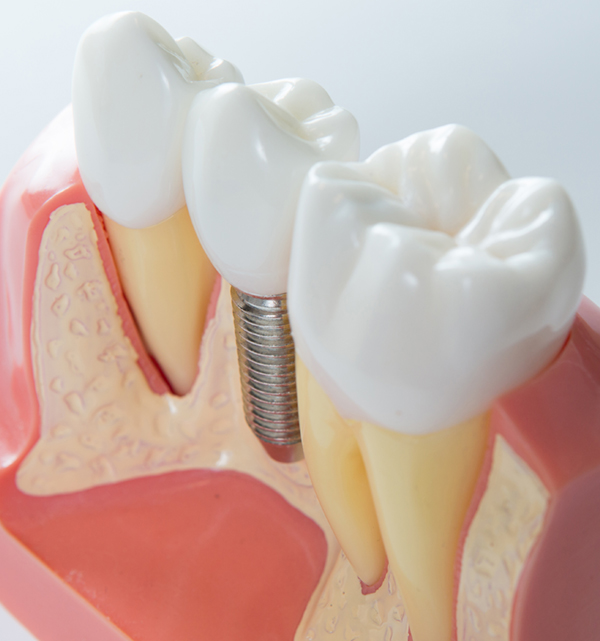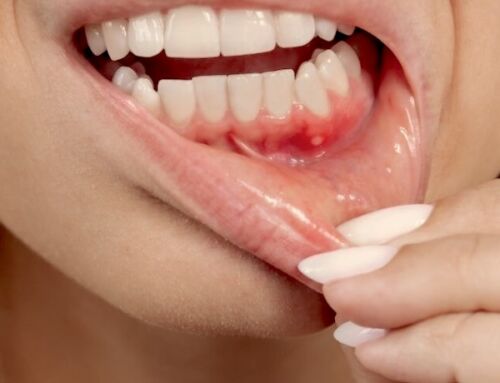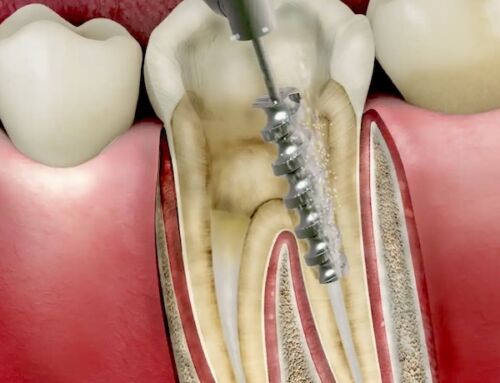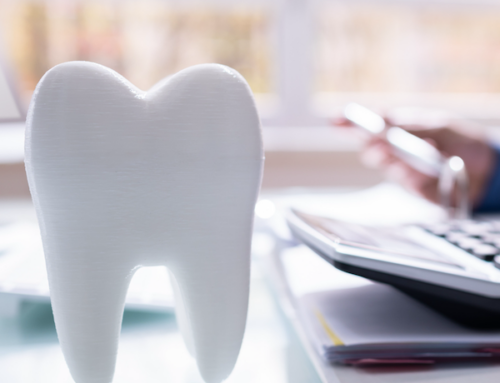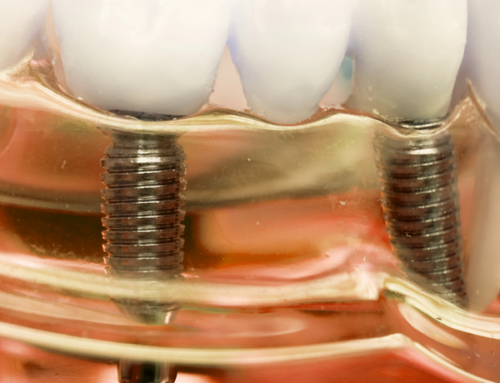If you have a large tooth cavity or fracture, one of the treatment options that your dentist may recommend is a crown. A crown is a tooth cap that goes over the tooth, covering most of, or its entire structure.
A dental crown helps save what is left of the tooth by reinforcing its structure and strength, allowing you to eat your favourite foods comfortably. It also repairs the natural appearance of the tooth so you can smile confidently.
But did you know that there are different types of crowns? Read along to learn more about full and partial dental crowns and when you need one.
Full Dental Crowns
As the name suggests, a full dental crown covers the entire tooth. This is recommended for a tooth with a large decay or fracture. If you underwent root canal treatment or dental implant, a full dental crown is also an ideal final restoration.
The goal of a full dental crown is to preserve a weak, broken, or decayed tooth structure by covering the remaining vulnerable natural tooth structure. This is done using a strong material, usually made of metal-porcelain, all-porcelain, or full metal.
Types of Full Dental Crowns
The material to be used for your dental crown largely depends on whether the tooth to be restored is a front or back tooth.
Front teeth and canines should be restored with a tooth-coloured material so it blends with your smile. Meanwhile, stronger materials such as metal or zirconia are recommended for the back teeth for efficient chewing function.
Metal Crowns
A full metal dental crown can last the longest in terms of wear due to its superior strength. It is also more conservative because it requires very little enamel removal. However, because of its unsightly metallic colour, it is rarely used nowadays.
Metal-porcelain Crowns
A porcelain-fused-to-metal or PFM crown is one of the most popular types of crowns. It combines the durability of metal as its substructure and the natural appearance of porcelain as its outer shell. Because of this, a PFM crown can be used for both front and back teeth.
The main downside of a PFM crown is that over time, the metal may seep and show on the gums. This sticks out as a gray line on top of your dental crown.
All-porcelain crowns
Porcelain is the material of choice for a crown for the front tooth. Porcelain can mimic the translucency of natural tooth, making it the most superior option in terms of appearance.
However, strength can be a weakness of all-porcelain crowns. They are more prone to chip and fracture, especially as time passes. You may opt for a one-layer porcelain material to prevent chipping.
Zirconia crowns
Zirconia is the newest material for dental crowns. It is known for its structural durability which is comparable to that of a full metal crown. However, while it is a metal-free material, zirconia can be harder to shade match due to its opacity.
But the best part is that zirconia can be layered with porcelain. This improves the appearance of the crown so it can resemble the rest of your teeth for a naturally beautiful smile.
Partial Dental Crowns (Inlays and Onlays)
If you have remaining reliable tooth structure, your dentist may opt for a partial dental crown instead of a full one. This prevents the need for a sizeable or invasive restoration. Think of it as an in-between treatment for a filling and a dental crown.
Partial dental crowns have more durability and long-term reliability than a filling but without the large coverage of a full dental crown.
Inlays vs Onlays
There are two types of partial dental crowns: inlays and onlays. These are indirect fillings which means that instead of layering material on your tooth like a regular filling, your dentist will take a tooth mold and have the crown fabricated at a dental laboratory. This improves the strength and overall appearance of the restoration.
Inlays
An inlay repairs a premolar or molar’s biting surface. It can be used when the decay is within the inclines or cusps of the tooth.
Onlays
Onlays cover a larger area than an inlay. If the decay or fracture of your tooth already involves the biting surface and the inclines across the tooth, an onlay is a better option for repair.
Inlays and onlays typically can be made with old, indirect composite resin, and ceramics.
Key Differences Between Full and Partial Dental Crowns
Three key features differentiate full and partial crowns:
- Indications
Full dental crowns are ideal for larger tooth decay or damage. On the other hand, if there is some healthy tooth structure left but tooth fillings will no longer suffice to save the tooth, your dentist may consider a partial dental crown.
Root canals and implants are ideally restored with a full dental crown.
- Tooth Reduction
Because a full dental crown will require that the entire tooth be covered, it involves reduction all around the tooth. For partial crowns, a less invasive approach is made with lesser enamel reduction needed.
The preparation for a partial dental crown is confined mainly within the decay and where the material will be placed, avoiding sound tooth structure.
- Treatment Duration
Larger tooth reductions such as in full crowns would generally require a longer treatment time. In particular, full dental crowns made from metal-porcelain may need a considerable amount of enamel removal.
Benefits and Considerations
The main advantage of having a partial dental crown is the preservation of the remaining healthy tooth structure. But, assessment is important to ensure that all decay is removed.
If there is a large decay or a high possibility for the partial crown or tooth to be compromised, a full dental crown may be a better option because of the coverage that it provides.
Dental Crowns – Conclusion
As with all dental procedures, proper treatment planning should be carried out to determine the best solution for your case.
With broad options depending on factors such as the size of the damage, location of the tooth in the mouth, and your lifestyle and budget, we can provide you with the most suitable treatment to restore and improve your smile and oral health.
Book an appointment today with Chinook Dental Group to learn more about our treatment with full or partial dental crowns.

